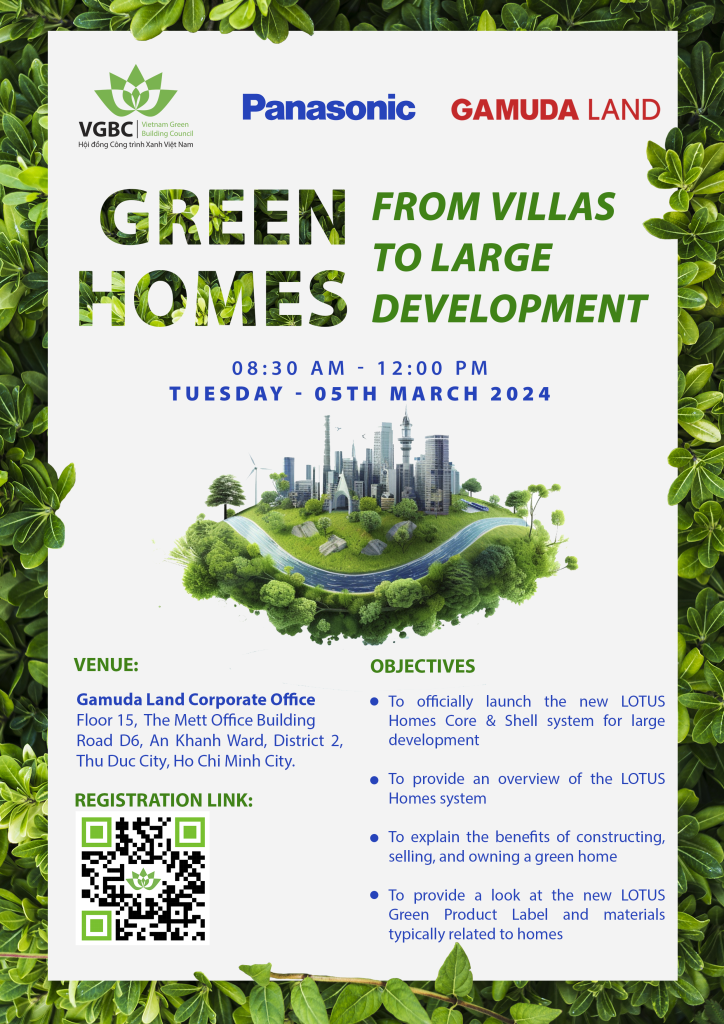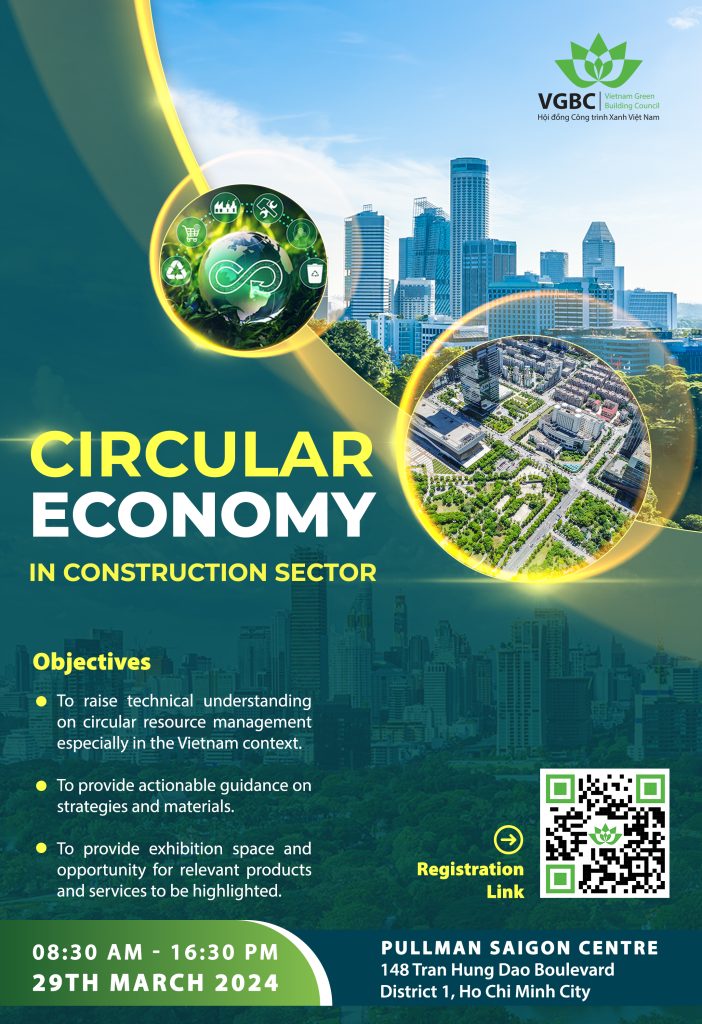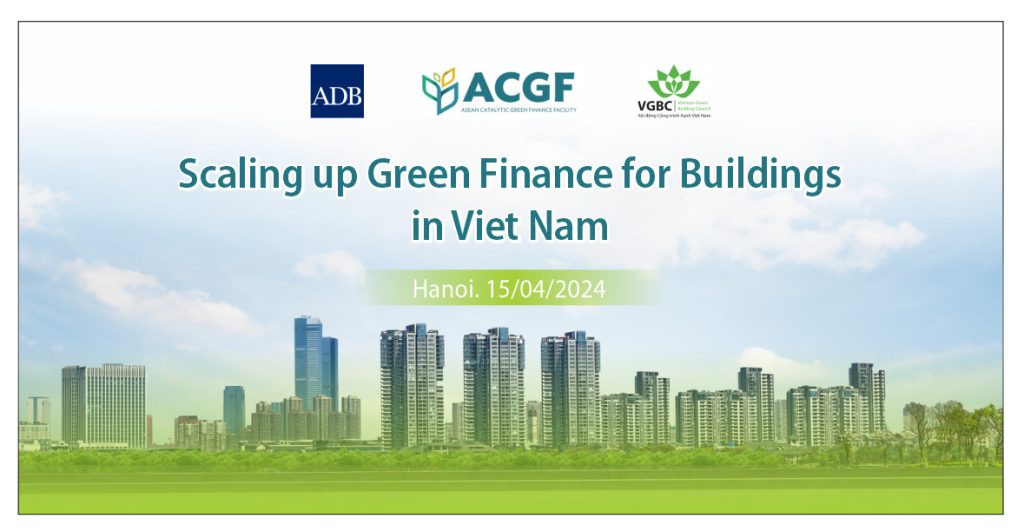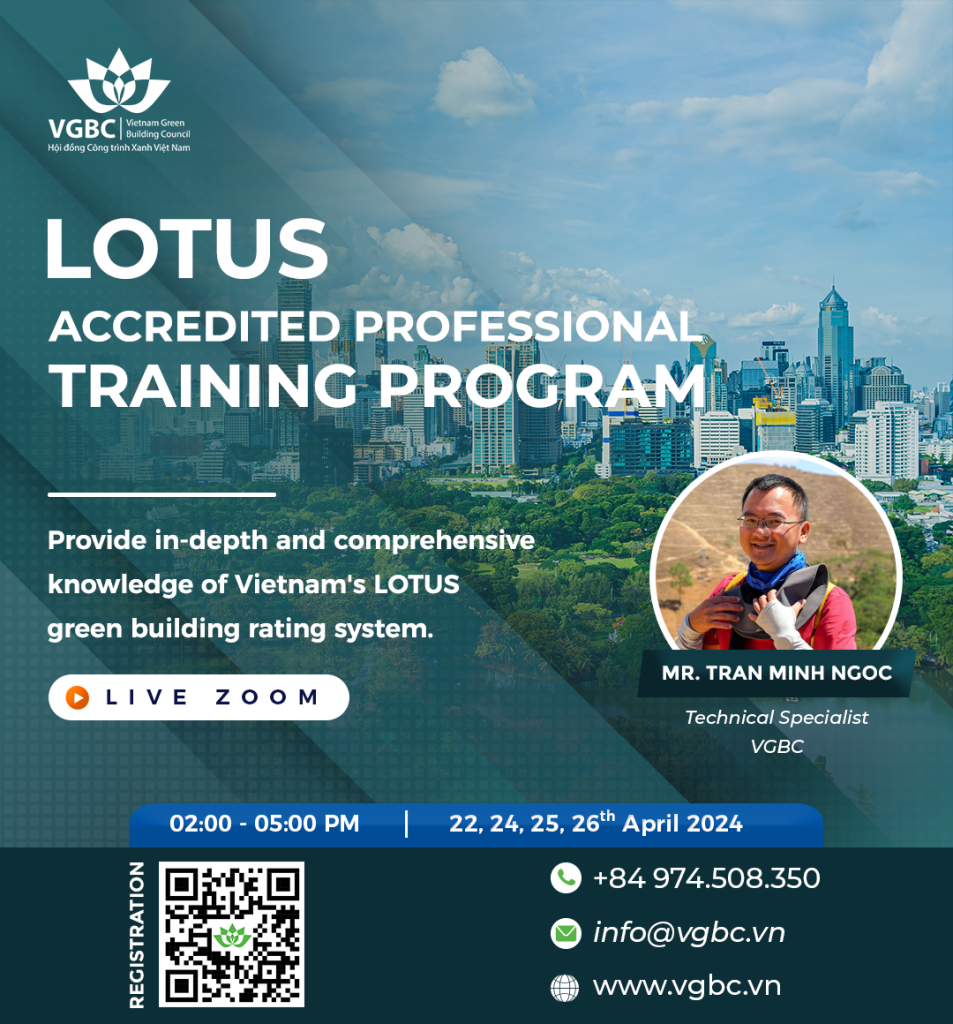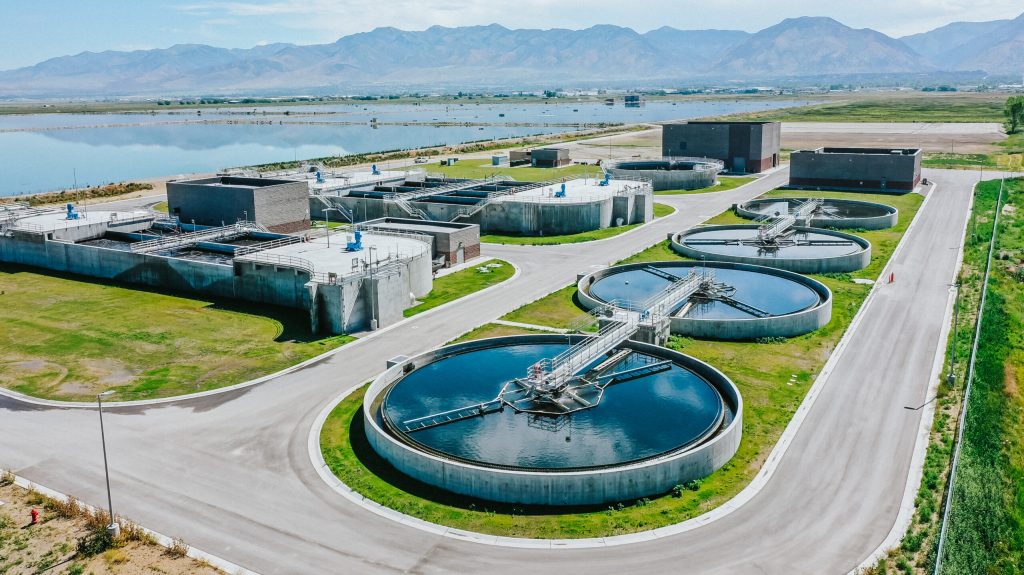According to a recently published white paper by Solidiance, a simple statistic illuminates where the market is today – there are just over 40 buildings in a country of 90 million people that have so far achieved a green building certification. This number factors all green building certifications, including locally-developed LOTUS standards, international standards such as LEED (U.S.) or Building Construction Authority (BCA) Green Mark (Singapore), and industry standards such as EarthCheck (Hospitality). To put that into perspective, in Singapore, a green buildings leader in Southeast Asia, the country certified its 1,000th building under BCA Green Mark standards in 2012.
The development of LOTUS standards
In Vietnam, a local green building certification wasn’t even in place until 2010 when the Vietnam Green Building Council unveiled LOTUS standards, which are based on international standards such as LEED but adapted to meet local conditions. The advent of LOTUS was an important step in laying the groundwork for future adoption of green building practices in Vietnam. Results from a survey of green building industry players conducted by Solidiance, showed that LOTUS is perceived to be both easier to apply in Vietnam because of criteria specifically set for our own country’s conditions as well as more cost effective to implement than international certifications like LEED, paving the way to accelerate green building development in Vietnam.
Now that LOTUS standards are in place, the primary barriers to further green building market growth include low awareness, cost sensitivities, and below market-price electricity tariffs. Overcoming these barriers requires the combined efforts of civil society, industry, and government policymakers, to both market the standards to industry decision-makers as well as to establish a regulatory framework in which the industry can thrive.
Awareness increasing in Vietnam
Awareness of and an interest in green building concepts is rising among young Vietnamese students and professionals who are increasingly seeking out further training on the subject, whether through programs through the universities, outside agencies such as the Energy Conservation Center, or seeking to become LOTUS accredited professionals through the Vietnam Green Building Council. However, while awareness among the wider building community is growing, misperceptions about implementation costs remain, which is exacerbating existing cost sensitivities. Therefore, it’s not only awareness that is at stake in driving the industry’s development but an accurate understanding of the implications of what it entails to build green is also required.
In an interview on AsiaGreenBuildings.com, Vietnam-based green building consultant, Melissa Merryweather reported that it is common to hear from local architects and engineers that adhering to green building standards requires a premium of up to 25%, which she describes as “ridiculous”. Though implementation costs and return on investment for building to LOTUS standards are still being analyzed, experience elsewhere in Southeast Asia demonstrates that the additional investment costs of building to green certification standards can run anywhere from 1-10%.
The need to lower costs
Focusing beyond on these short-term investment costs to long-term operational costs, utilizing green materials and technologies offers return both in terms of reaping the financial benefits of lower electricity bills but also increased productivity, as public health research has shown that natural light and clean air boosts employee morale and lowers absentee rates. However, in cases where the property developer is not also the building user, long-term cost savings to building users are unlikely to be prioritized during the construction phase, requiring that the market demands the development of green buildings and the proper regulatory framework including green building codes and incentives is in place in order to spur action.
A key operational savings from implementing green building standards is a lower electricity bill. However, the need to lower electricity costs is somewhat dampened in Vietnam, given that the country’s electricity tariffs are lower than many of its ASEAN peers. Though the government is transitioning towards market-based pricing of power, this will take time so as to ease inflationary pressures as well as the impact that doing so might have on low-income consumers and industry production costs. Over time though, as electricity costs increase, a wider base of building users will feel the pinch and seek out ways to increase energy efficiency. According to Heiko Bugs, Partner Asia for Solidiance, “Buildings consume up to 40% of energy and more sustainable ways to develop and construct buildings will drive future change in Vietnam.”
With electricity prices relatively low, It is not surprising that the earliest adopter of green certification in Vietnam has been the energy-intensive industrial sector, where electricity demand and bills are highest.
Driven by a desire to lower operating costs, as well adhering to global corporate guidelines, the industrial sector accounts for more than 40% of certified green buildings in Vietnam. Hospitality and commercial office buildings have seen the next highest rates of adoption with the former seeking out lower operating costs and an eco-friendly image, while new office building are going green in an attempt to attract premium rental fees as well as differentiate themselves in a market that currently has excess supply of office space in the country’s urban centers of Ho Chi Minh City and Hanoi.

Moving forward
For demand to expand beyond these industry segments will require not only awareness but an accurate understanding of the costs and benefits of green buildings, as well as the government to move towards market-based pricing of electricity while encouraging green building development through incentives and green building codes. With the advent of LOTUS and rising interest among local architects and contractors, the ingredients are moving into place for the industry to grow but the pace of development is still to be seen.
Source: Ecology

 Tiếng Việt
Tiếng Việt
